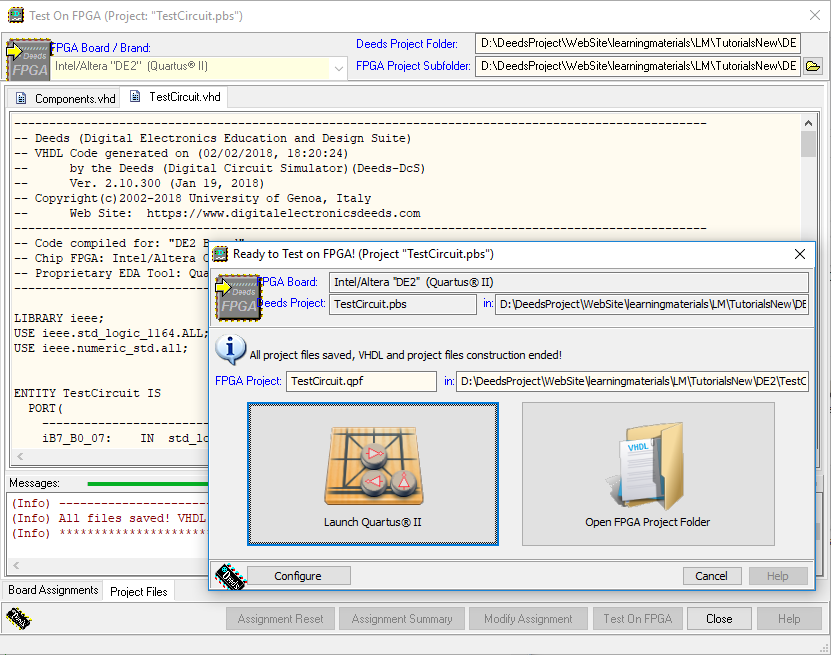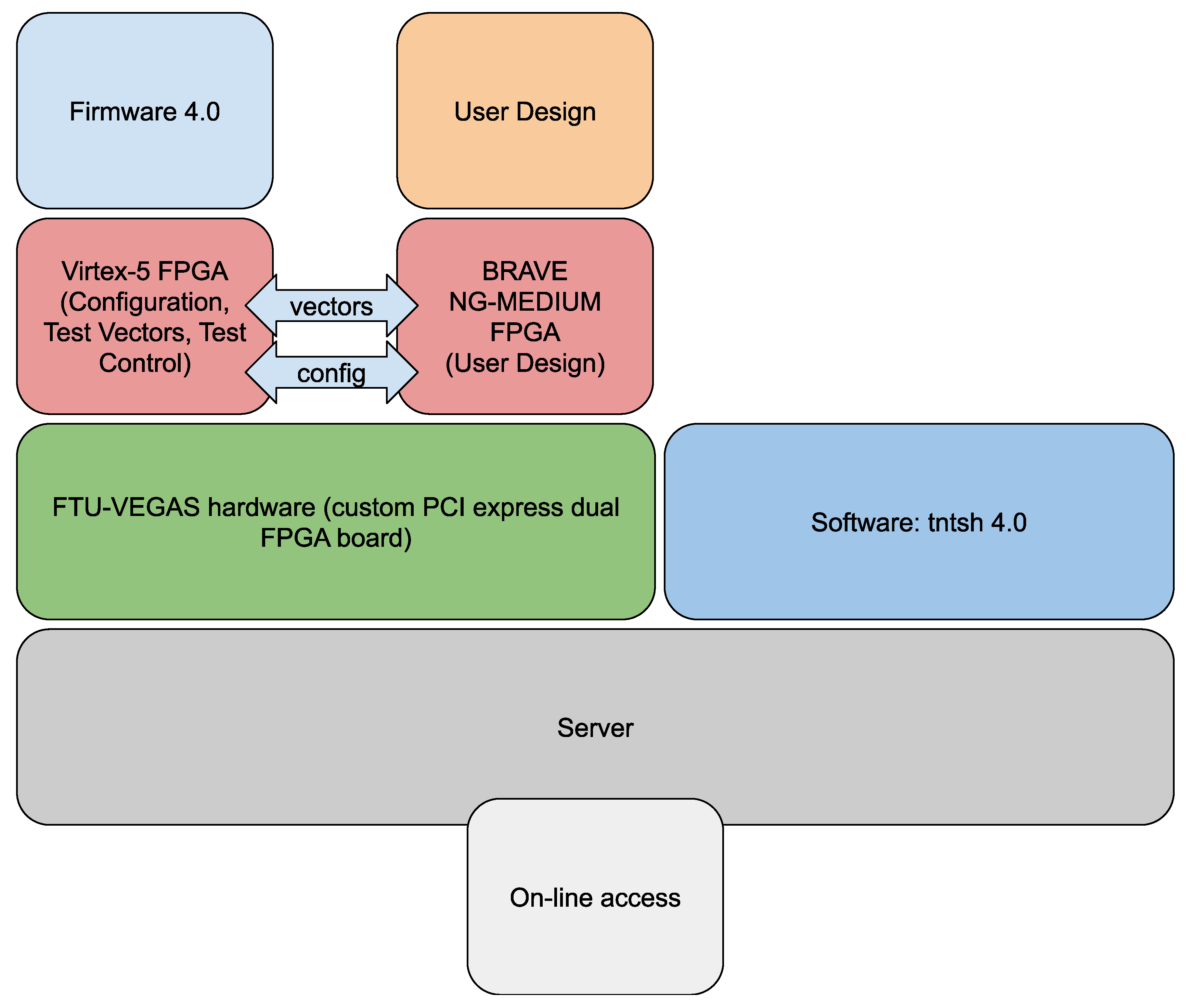
- PROPRIETARY FPGA SIMULATION TOOLS HOW TO
- PROPRIETARY FPGA SIMULATION TOOLS UPGRADE
- PROPRIETARY FPGA SIMULATION TOOLS CODE
- PROPRIETARY FPGA SIMULATION TOOLS PC
- PROPRIETARY FPGA SIMULATION TOOLS WINDOWS 8
PROPRIETARY FPGA SIMULATION TOOLS CODE
You can create the source code with any text editor. HDLs are a common and popular approach to FPGA design. “Firmware” often refers to the resulting HDL code. Hardware description languages (HDLs) use code to represent digital functions. However, its major drawback is an increase in cost and time to reproduce a design for different vendors due to the design's proprietary nature. The main advantage of schematic capture is that the graphical representation is easy to understand. The proprietary nature of this type of design makes it vendor dependent, and the entire design process must be repeated if a different vendor is used.Įxamples of schematic capture tools are Viewlogic's ViewDraw and HDL's EASE. Schematic capture designs that mainly consist of proprietary symbols make the design unrecognizable by competitors' FPGA development tools. Many of these logic-gate symbols involve proprietary information making them available to the designer only through the specific vendor's component library. Schematic capture, the graphical depiction of a digital design, shows the actual interconnection between each logic gate that produces the desired output function(s). While each method has its advantages and disadvantages, HDLs generally offer the greatest design flexibility. Common design formats are schematic capture, hardware description language (HDL), or a combination of the two. The design process involves converting the requirements into a format that represents the desired digital function(s). The FPGA development stages are design, simulation, synthesis, and implementation, as shown in Figure 1. Regardless of your final product, FPGA designers must follow the same basic process. There have been many times when my FPGA knowledge has allowed me to detect and correct errors, such as wrong part numbers or misuse of terms and terminology found in requirements and other documents. A solid understanding will help you comprehend and extract relevant information for status reports, define schedule tasks, and allocate appropriate resources and time. The key to good communication is having an understanding of the development process. Good communication is important when technical leads, supervisors, managers, or systems engineers interface with FPGA designers. While the FPGA development process is second nature to embedded systems designers experienced in implementing digital designs on an FPGA, it can be confusing and difficult for the rest of us. They can be found in primary and secondary surveillance radar, satellite communication, automotive, manufacturing, and many other types of products. Over the last several years, the use of FPGAs has greatly increased in military and commercial products.


PROPRIETARY FPGA SIMULATION TOOLS UPGRADE
Most new laptops will have this, or it may be possible to upgrade the memory.Working with FPGAs isn't intimidating when you know the basic techniques and options. Whatever the OS, the computer must have at least 8 GB of RAM.

The tools do not run on Apple Mac computers.
PROPRIETARY FPGA SIMULATION TOOLS WINDOWS 8
Either Linux OS could be run as a virtual machine under Windows 8 or 10.

PROPRIETARY FPGA SIMULATION TOOLS PC
You must have access to computer resources to run the development tools, a PC running either Windows 7, 8, or 10 or a recent Linux OS which must be RHEL 6.5 or CentOS Linux 6.5 or later. If you are thinking of a career in Electronics Design or an engineer looking at a career change, this is a great course to enhance your career opportunities. You use FPGA development tools to complete several example designs, including a custom processor.
PROPRIETARY FPGA SIMULATION TOOLS HOW TO
You will learn what an FPGA is and how this technology was developed, how to select the best FPGA architecture for a given application, how to use state of the art software tools for FPGA development, and solve critical digital design problems using FPGAs. This course will give you the foundation for FPGA design in Embedded Systems along with practical design skills. In particular, high performance systems are now almost always implemented with FPGAs. By integrating soft-core or hardcore processors, these devices have become complete systems on a chip, steadily displacing general purpose processors and ASICs. Programmable Logic has become more and more common as a core technology used to build electronic systems. This course can also be taken for academic credit as ECEA 5360, part of CU Boulder’s Master of Science in Electrical Engineering degree.


 0 kommentar(er)
0 kommentar(er)
